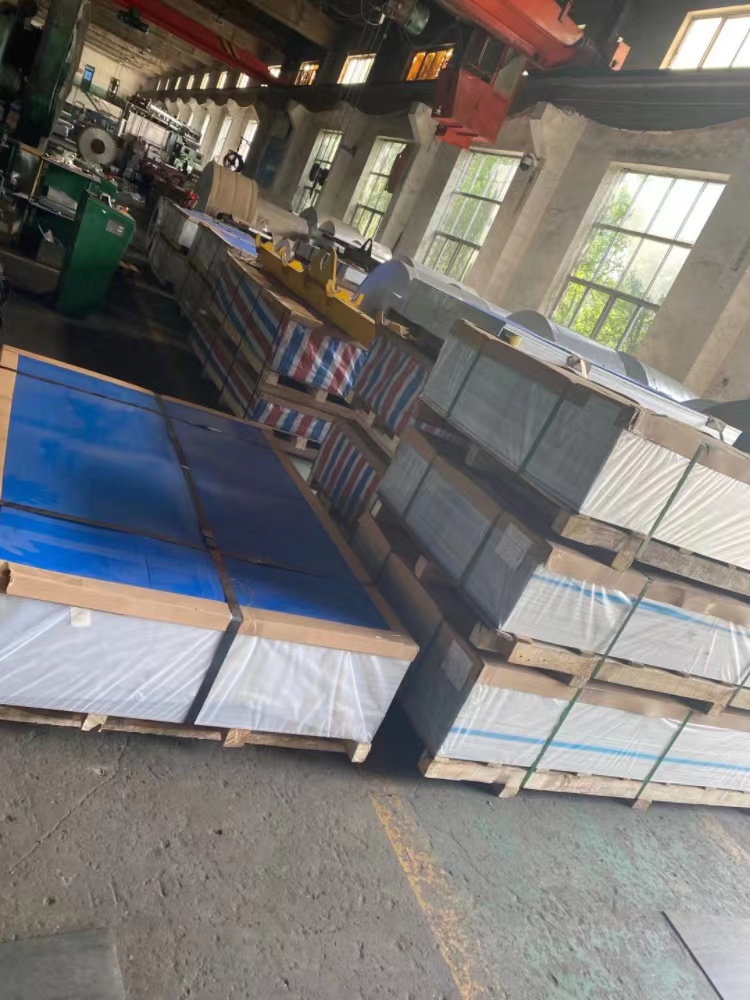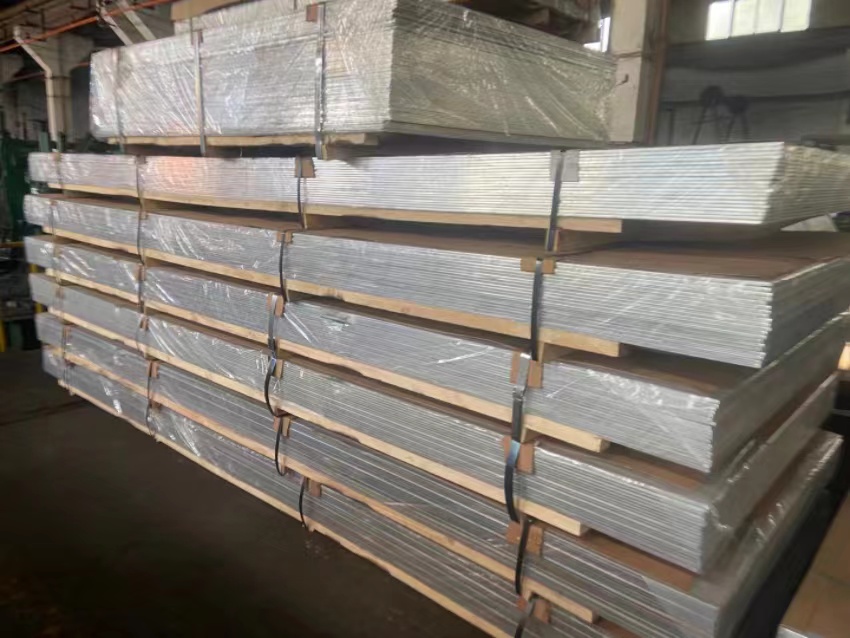3003 Aluminum plate
Al Mn series alloy is a widely used antirust aluminum. This alloy has high strength, especially fatigue strength: high plasticity and corrosion resistance, and cannot be strengthened by heat treatment. It has good plasticity when semi cold work hardening, low plasticity when cold work hardening, good corrosion resistance, good weldability, poor machinability and polishing.
3003 antirust aluminum coil plate has high aluminum content and smooth surface. The edge of 3003 aluminum plate can be chamfered, which is better than GJ standard 3003 antirust aluminum coil plate has a high aluminum content, and the electrical and thermal conductivity of aluminum is only lower than that of copper. The resistivity of 3003 antirust aluminum coil plate is very small 3003 antirust aluminum coil is mainly used for anticorrosive covering leather, and also for heat exchanger fins Aluminum alloy 3003 antirust aluminum coil plate is one of the alloys with high strength, and has good stress corrosion cracking resistance. It is suitable for thick plates, forged products, aircraft, high-speed rotating bodies, and alloys for welding structures. It has high strength and the strength of the welding part is placed at normal temperature, close to the strength of the base metal.
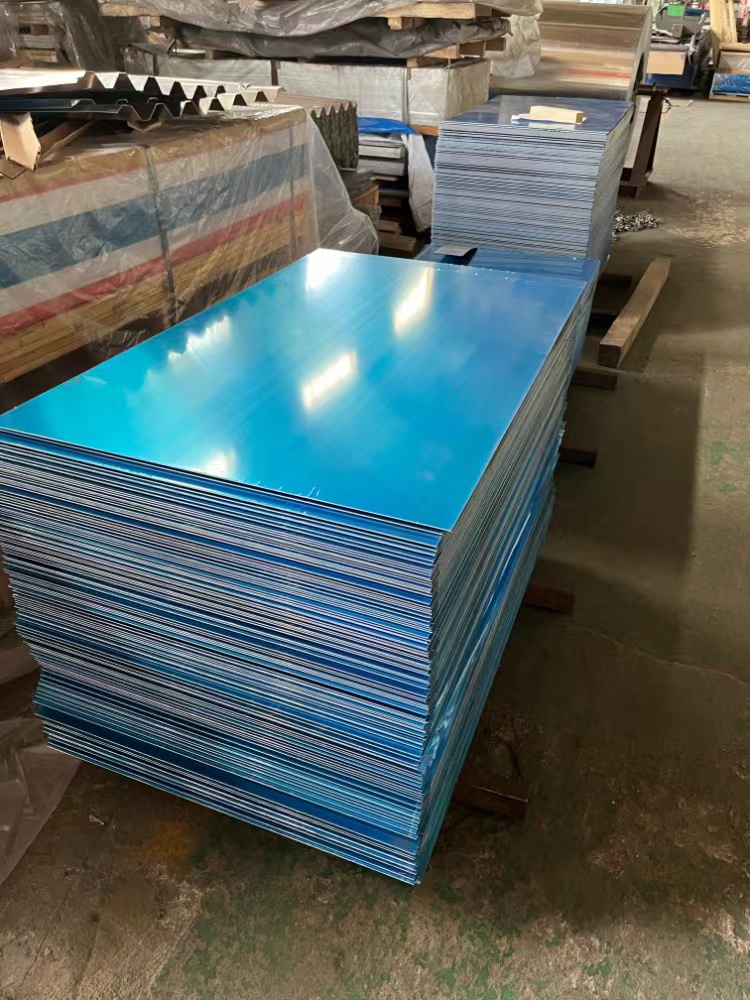
3003 anti rust aluminum plate: mainly al Mn and Al Mg alloys. Because its aging strengthening effect is not obvious, it is not suitable for heat treatment strengthening, but the strength and hardness can be improved by work hardening. The main performance characteristics of this kind of alloy are medium strength, good plasticity and corrosion resistance, so it is called antirust aluminum, with good weldability. It is an aluminum alloy widely used in welding structures.
Aluminum magnesium alloy, 3003 aluminum plate and aluminum manganese alloy are collectively referred to as antirust aluminum, because the alloy components in the middle of the two increase their corrosion resistance. The aluminum manganese alloy is represented by 300330043105. The first one is widely used, the second one is generally used on the cans, and the latter one is used on wires and other materials with high conductivity requirements, According to the content of magnesium alloy, aluminum magnesium alloy is in the following order: 5005, 525, 5251, 5050, 5052, 5754, 5083, 5056, 5086, etc., which are used in some industries with high corrosion resistance and strength requirements, such as shipbuilding, containers and subway high-speed trains Pressure Machinable aluminum alloy with good corrosion resistance in air, water, oil and other media.
Mainly including Al Mn system and Al Mg system alloys that cannot be strengthened by heat treatment. The antirust aluminum alloy with manganese content of 1.0% ~ 1.7% has high corrosion resistance. The magnesium content of Al Mg antirust aluminum alloy is generally not more than 7%, and the strength of the alloy increases with the increase of magnesium content, σ 0 can reach 400MPa while the plasticity decreases. This type of antirust aluminum alloy is usually used in the annealed state, cold work hardened or semi cold work hardened state. It has low strength, good plasticity, easy pressure processing, good corrosion resistance and welding performance. It is especially suitable for manufacturing deep tensile parts, welding parts and parts working in corrosive media, such as oil tanks and pipes.
Another type of antirust aluminum alloy is Al Zn mg Cu alloy which can be strengthened by heat treatment. It has high tensile strength, excellent seawater corrosion resistance, good fracture toughness, low notch sensitivity and good molding process performance. Suitable for manufacturing seaplane skin and other high strength sheet metal parts requiring corrosion resistance 3003 antirust aluminum plate alloy mainly contains manganese, magnesium and other alloy elements. AI Mn alloys have higher corrosion resistance and strength than pure aluminum due to the action of manganese, and have good weldability and plasticity, but poor cutting performance. Due to the effect of magnesium, the density of Al Mg alloys is lower than that of pure aluminum, the strength is higher than that of Al Mn alloys, and the corrosion resistance is quite good.
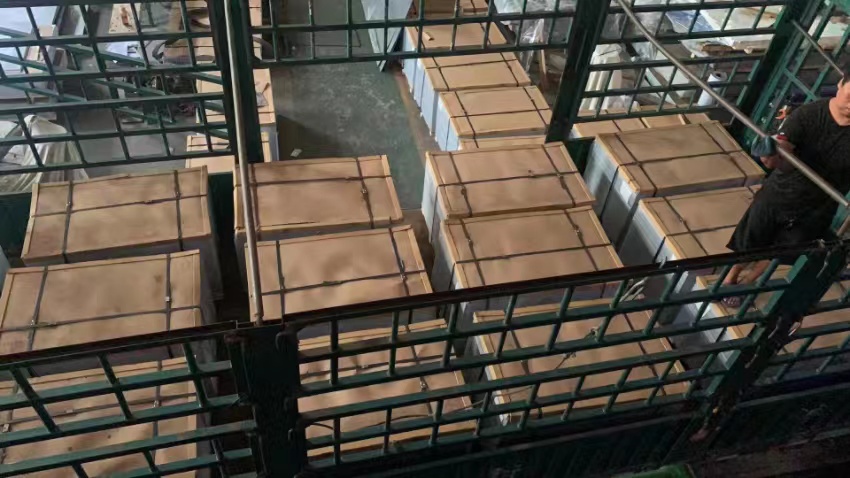
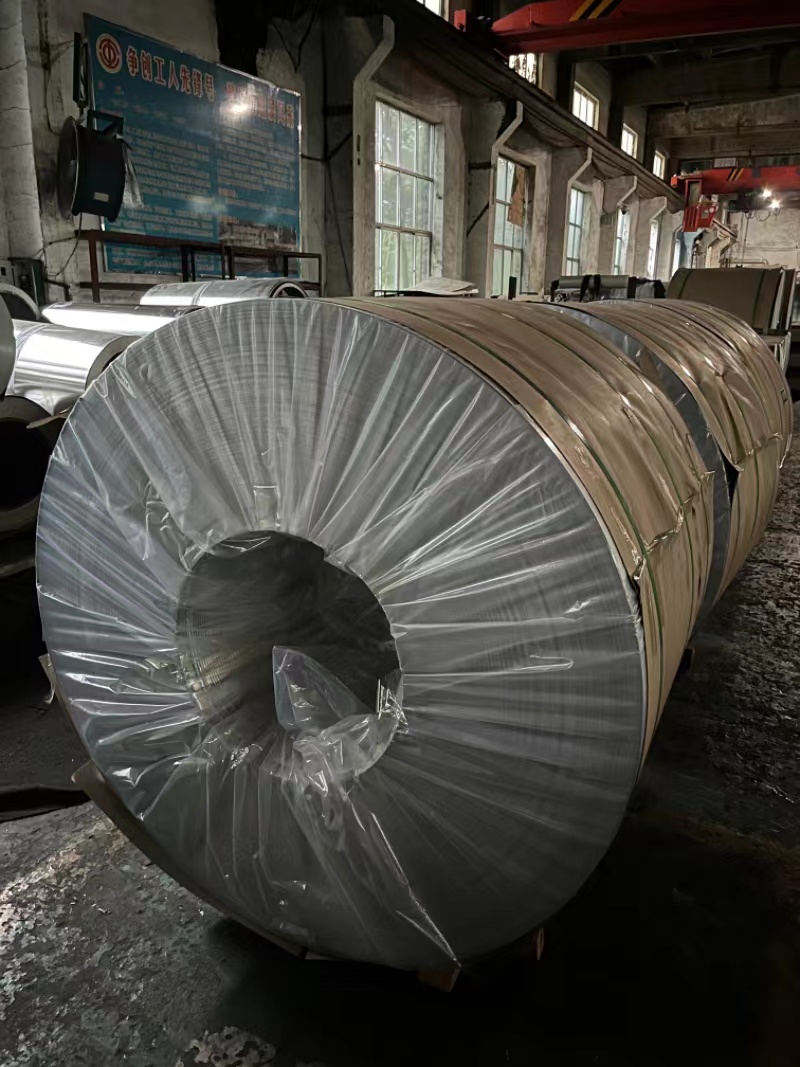
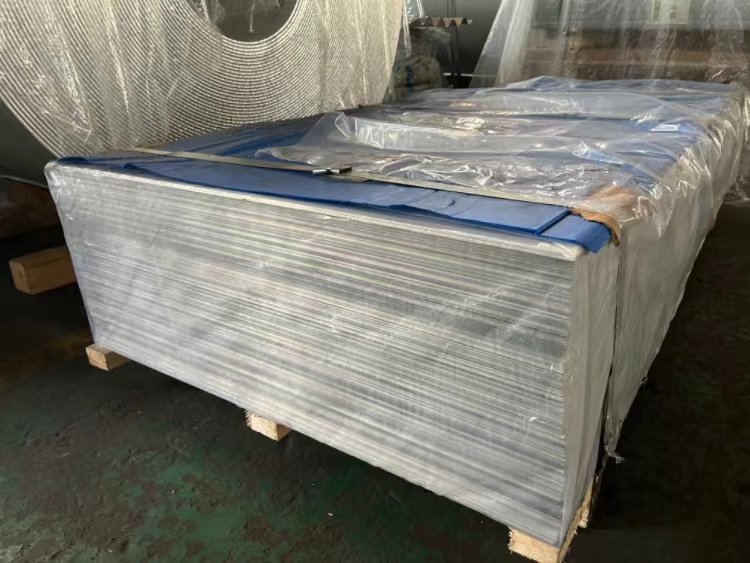
Related Products
Related News
Submitted successfully
We will contact you as soon as possible


